
Published:
Readtime: 10 min
Every product is carefully selected by our editors and experts. If you buy from a link, we may earn a commission. Learn more. For more information on how we test products, click here.
Eating dinner in a posh place is one of the many highlights of being an adult. From the moment you step through the door to the retrieval of your coats upon departure, fine-dining restaurants are fancy fortresses that operate on countless systems and procedures designed to maximise an easy and comfortable experience for you, the guest.
In Australia, we are spoilt with some of the best fresh produce in the world, and as such, we have amassed a collection of restaurants and chefs who are highly renowned on the world stage. Unfortunately, proper fine dining places are also a special treat for most and don’t come with a handbook for first-time users—until now, that is. Please enjoy this concise guide to getting the most out of your next visit to a three-hatter without ending up with sous vide duck egg on your face.
What is Fine Dining?
Just because they pour your Heineken into a glass and the waiter’s in a bow-tie, it doesn’t necessarily mean it’s fine dining. A fine dining restaurant is one that generally offers a degustation menu (around ten courses) with matched wines, has a different wine glass for every grape, provides fresh cutlery for every dish, changes its menu daily to suit market availability and has about three times the staff on a shift as anywhere else. If you’re unsure, then ask – fine dining places pride themselves as such, whereas fun dining places eschew all the bells and whistles for a more casual experience.
1. Confirm your booking
This may seem like a boring and obvious first point to make, but it’s probably the most important one to get right. Stuff this up and you won’t even make it to canapés, so make sure you’ve contacted the restaurant on the day, checked the address (some restaurants have multiple locations with the same name, make sure you’re ubering to the one in your actual city) and made sure they know about any allergies or dietary requirements you or your guest may have. The more tools you give the restaurant to do its job, the better it’ll be able to do it.

2. What to wear
Suit up. This isn’t just for the benefit of your date or the other diners; it’s also for yourself. There’s no need to go all out on a top hat and tails or to carry a cane (in this century), but a simple, elegant suit or smart blazer and clean denim look are expected, and nicely polished shoes won’t go amiss either.
Nobody in there wants to see your legs, so don’t even think about what constitutes ‘smart shorts’ and activewear of any kind; it is criminal. The clothes make the man, so to be the perfect gentleman dinner guest, dress like one. Remember, this is a special occasion place for most, so respect it as such and you’ll fit right in.
3. Relax
You’ve checked your booking, donned some fresh daks and arrived on time, your work is (almost) done. Once you step into the dining room, the restaurant’s stringent hospitality standards will come into play and you, the guest, will be looked after. Let them take your coat upon entry (take your wallet out first, you’ll need it in about three hours’ time).
You’ll be offered still, sparkling or tap water. Pick one, and watch in awe as different servers somehow top up the correct water for different diners all evening (fun fact: they use maps in discreet locations to communicate who’s drinking what). Once you’ve been sat, you can generally get comfortable and settle in for a couple of decent hours of gastronomical excellence.
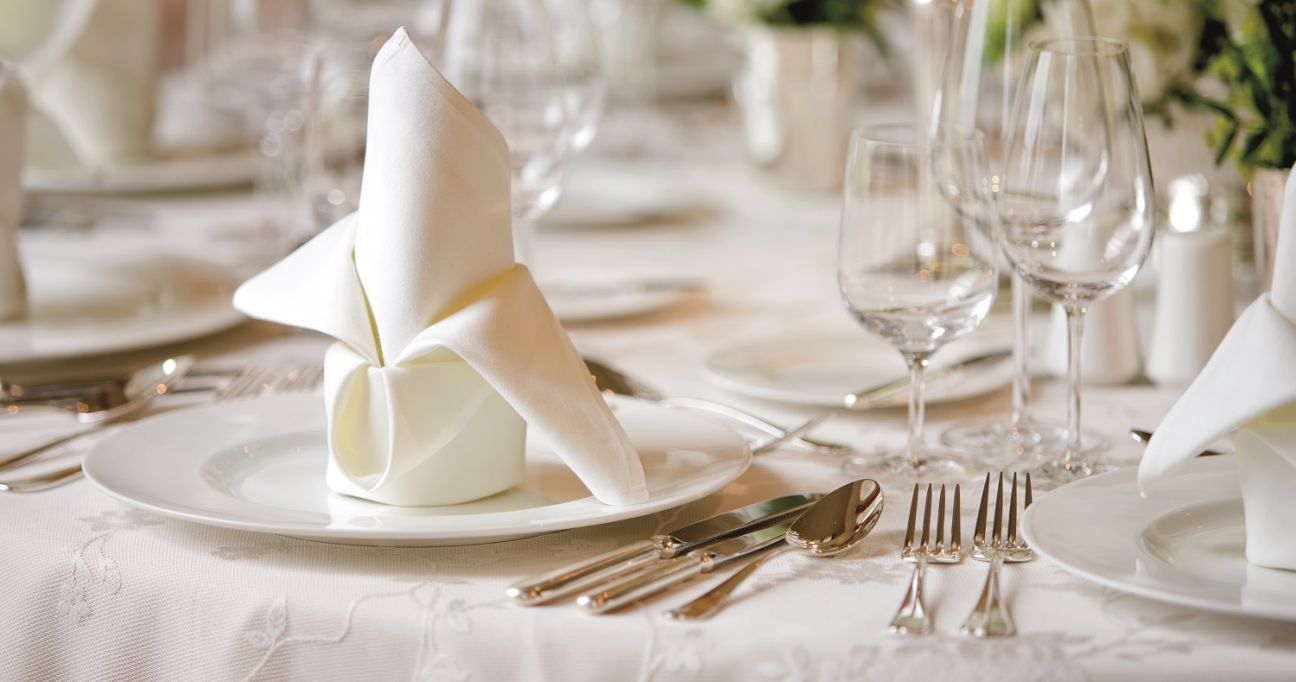
4. Napkin
They’ll put it on your lap at the start. When you use the restroom, simply place it on your table next to your plate and it’ll be neatly folded upon your return. If you require a fresh one, just ask.
5. Phone
I don’t care if there’s a Pikachu under the table next to you, or what level of Candy Crush you’re up to – keep. It. In. Your. Goddamn. Pocket. Whether you’re here to lock down a big business deal or you’re taking your best gal out for a fancy feast, there is no place for your smartphone at the dinner table. Make eye contact and engage your guest(s) the old-fashioned way, with dazzling conversation and your razor-sharp wit.
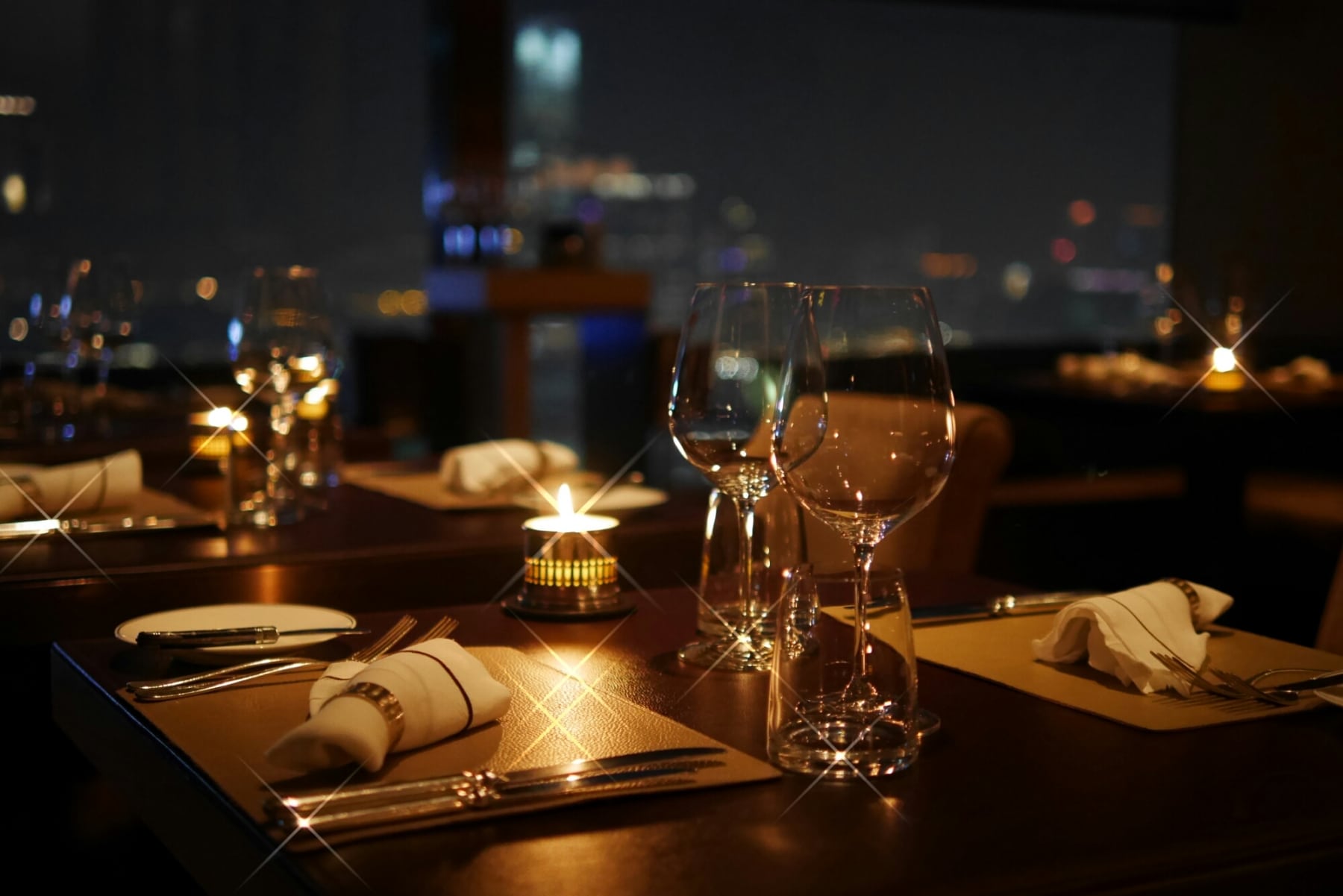
6. Communicate
Your server is your ticket to an amazing evening and can make or break a hot date, so be nice to them. They’ll introduce themselves, give you a quick rundown on what to expect, and then ask if you have any allergies, intolerances or dislikes. Now, this is a big one, and should ideally be communicated upon booking, but if you don’t already know the difference between an intolerance and an allergy, then you’re probably not anaphylactic.
Don’t be afraid to communicate honestly with your server about your needs, within reason (if you say you’re allergic to things you don’t like in the hopes of avoiding them, then you’ll get a very different dinner made on the fly by a pissed off chef and you’re here to try new things – so live a little, eh?)
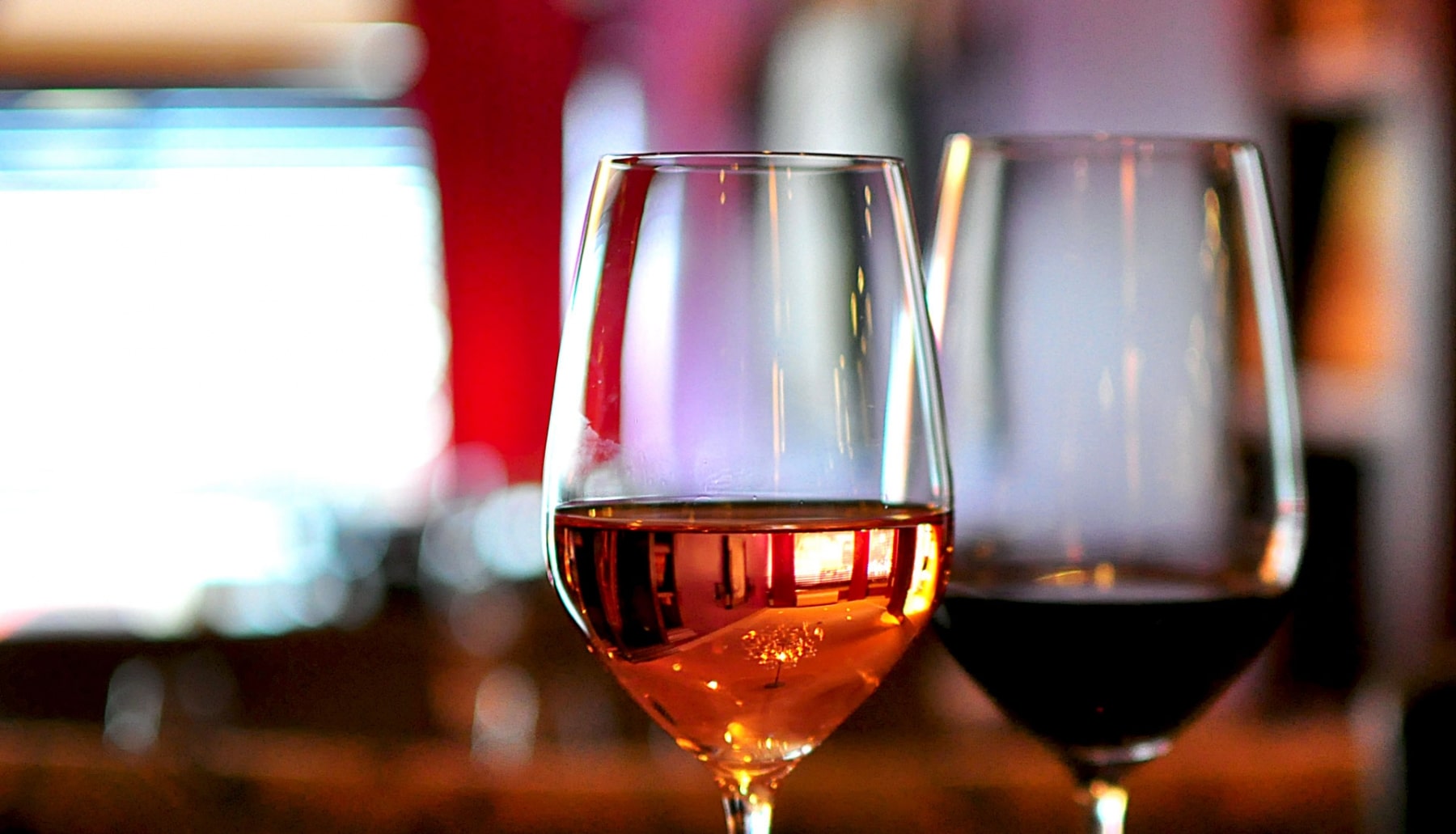
7. Wine
The guy (or gal) who helps with your wine for the evening is called a Sommelier. It’s possibly the most first-world job on the planet and discussing the subtle differences between a left-bank and a right-bank Bordeaux isn’t everyone’s idea of quality chit-chat, so stick within your comfort zone. If you don’t know what you want and you’re not driving home, then go for a wine pairing. You’ll get a new glass with each course, and if you feel like it’s a bit much, then there’s no shame in not polishing off every last drop.
If you’d prefer to order off the very long list, then it’s a good idea to tell the sommelier what style of wine you normally enjoy and how much you’d like to spend, then let them do the rest (that’s their job, after all). Oh, and when they pour out that little bit for you to try, don’t drink it.
It’s so you can ascertain whether or not the bottle is corked (a chemical taint occurring in about one per cent of wines bottled under cork) or oxidised. Your sommelier will always check this themselves first, so it’s really just a formality. If you’re a wine buff then simply nose the glass and nod if it’s to your liking, otherwise, it’s acceptable to just ask them to pour it out.
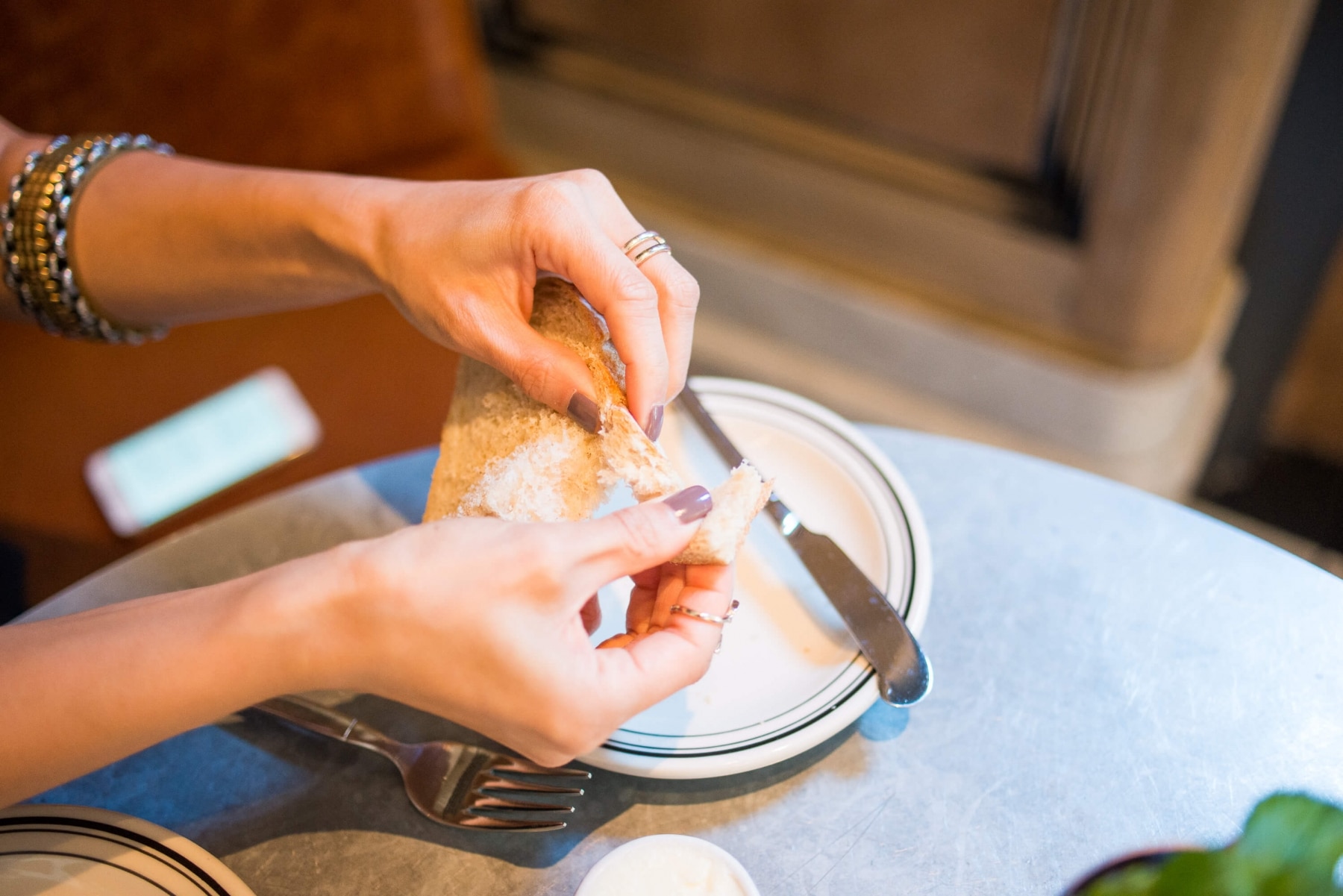
8. Bread
It’s usually served shortly after arriving. Your bread plate is the one directly to your left. Butter is provided, but it is often unsalted; don’t be afraid to add some. Take a dab of butter from the communal pat and place it on your plate. If bread is served in the centre of the table, offer it to your left before taking some and then passing it to the person on your right.
If it’s a bread roll, use your hands to break it (don’t embarrass yourself trying to slice sourdough with the butter knife provided; it never ends well). You may eat your bread as soon as you are seated, and it’s not impolite to ask for more, provided everybody at the table has been offered some. Tear off one piece at a time and butter it as you go (you’re not in a sandwich shop, so it’s considered quite uncouth to butter the entire loaf and stuff it in your gob all at once).
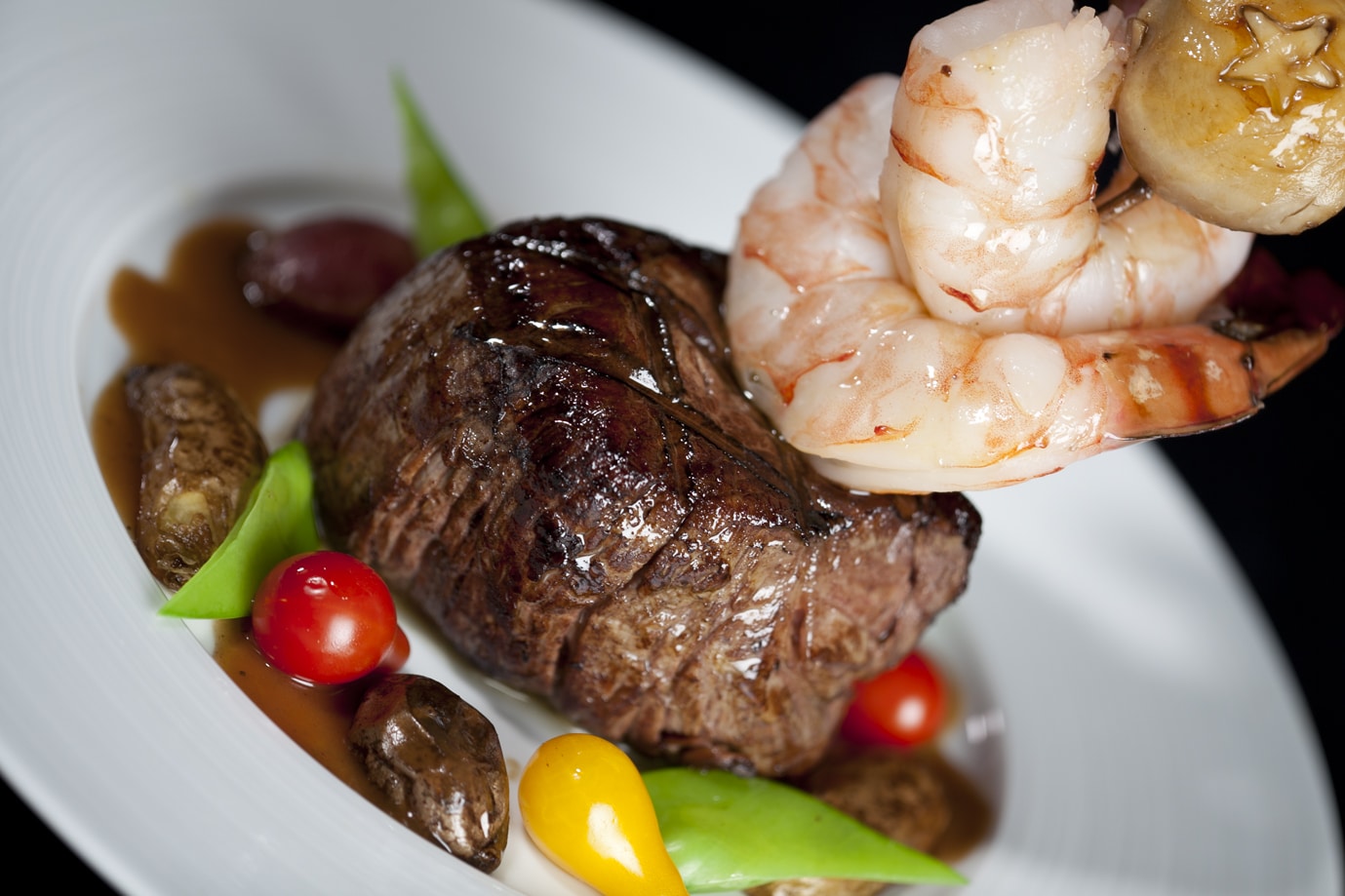
9. Eating
C’mon guys, we all know this one right? Fork on the left, knife on the right (if you’re a southpaw then a good server will have picked up on that and set your cutlery accordingly anyway), elbows off the table, close your mouth when you chew, don’t make noises, if you don’t like something be discreet, don’t shovel food into your mouth, never lick your knife, etc, etc.
Good table manners are second nature to most but especially sacred in a restaurant, so be mindful when you masticate in public and everyone will be quietly appreciative. I have faith you won’t cock this part up.
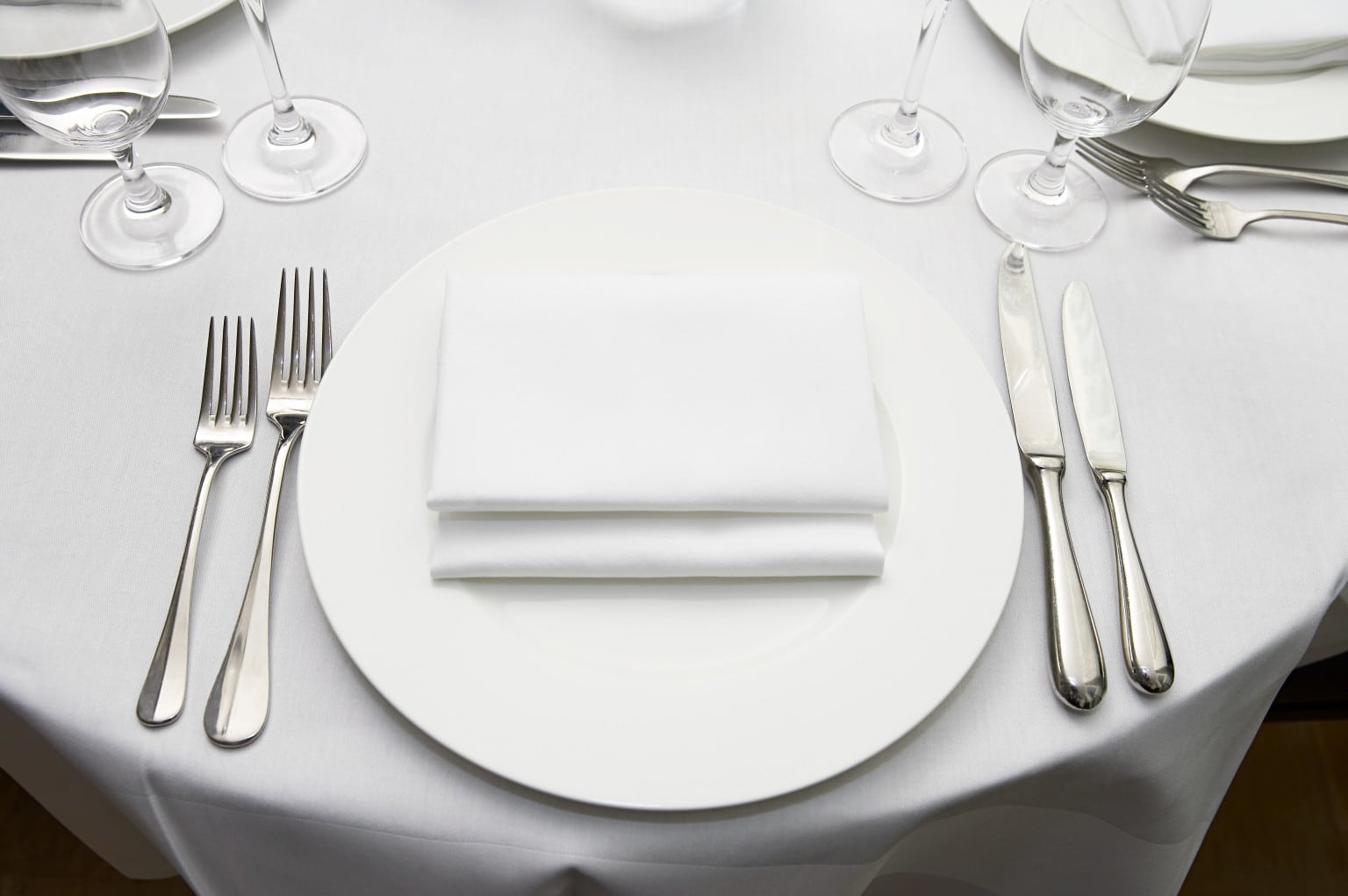
10. Cutlery
If you have multiple sets of cutlery laid before your eyes, don’t despair – always start from the outside and work your way in. During the meal, neatly cross your knife and fork with the handles resting just over the edges of your plate (not dangling off the side like the oars on a particularly errant rowboat.) Once you’ve finished eating, place them facing in the same direction, at five o’clock on the plate. If you haven’t finished your dish then this is also the best way to indicate to your server that they can clear your plate regardless.
11. Winding down
Alright, you’ve made it this far. The food’s been delicious, the wine’s gone down smoothly and you’re possibly sipping a final digestive for the evening. If you’d like the bill then you won’t need to look far, nice restaurants have them ready to go whenever the desserts have been ordered to avoid delay. Just subtly grab your server’s attention and ask (drunkenly scribbling your signature in the air to signify that you’d like to pay is not an acceptable practice in any culture).
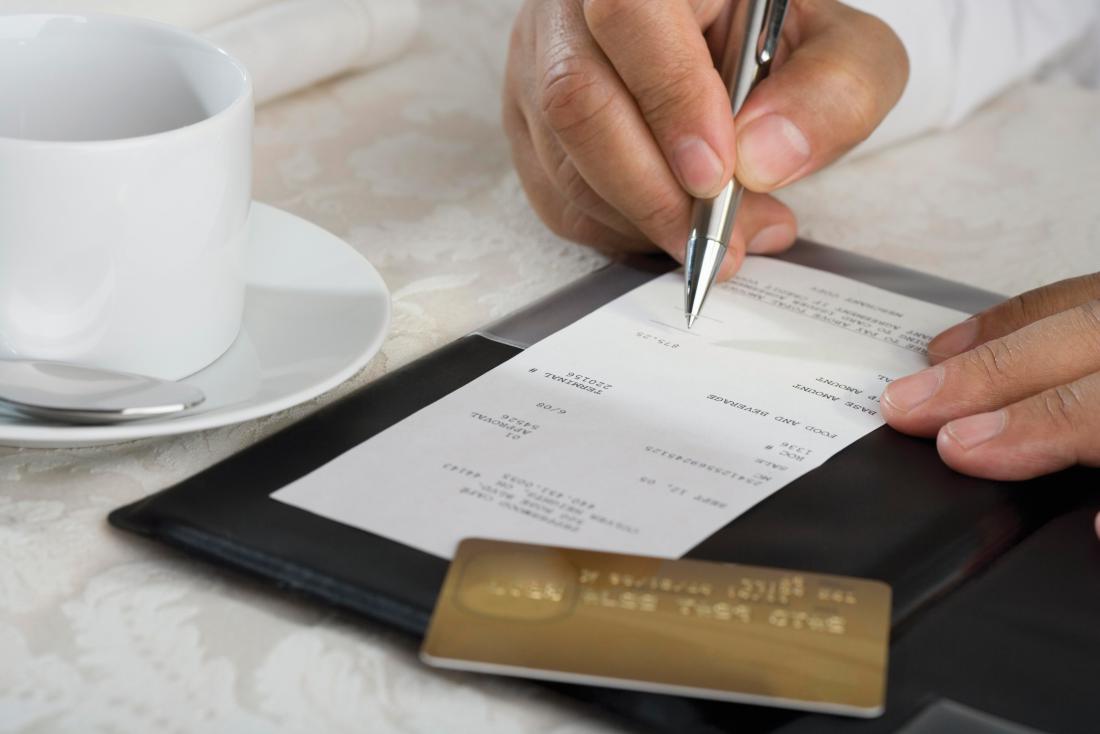
12. Tipping
While it’s not as common a practice in Australia as it is stateside to leave a tip, it is still customary to reward good service. Your server for the evening in a high-class venue gets paid about the same hourly wage as somebody on the counter at Maccas, and is expected to remember every ingredient in over a dozen dishes, a plethora of different cheeses, wines, service protocols and also your name, so it goes without saying to say thanks. Ten per cent of the bill is an acceptable amount for a good night’s service.
So there you go, a quick 101 on the ins and outs of appreciating the occasional top-tier restaurant dinner. If there’s one last piece of advice to offer, it’s to make sure you enjoy yourself. For the price of a new pair of RMs you get a host, manager, server, food runner, bartender, sommelier, chefs and support staff, all of whom are highly trained in their respective categories for the sole purpose of ensuring everybody has the best possible time, for a few short hours, so take a load off and let them look after you while you’re there, armed with the above knowledge you’ll no doubt be their favourite dinner of the evening.


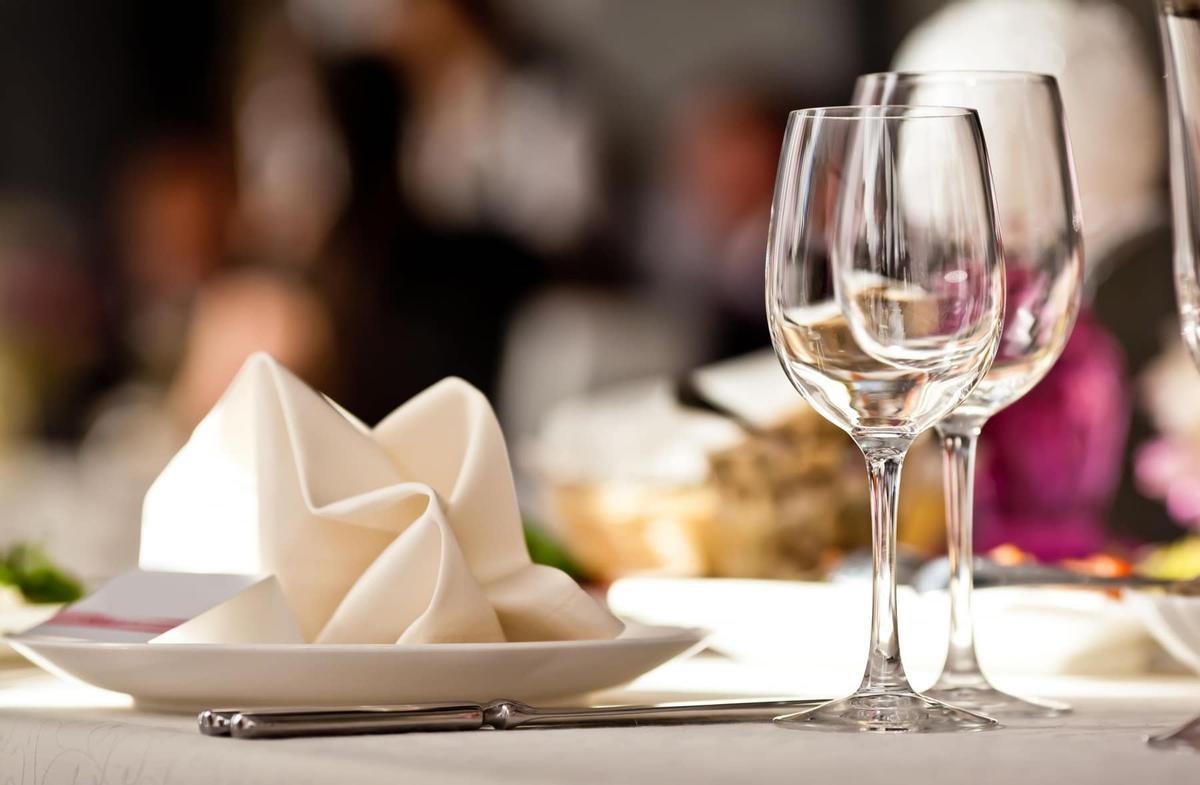

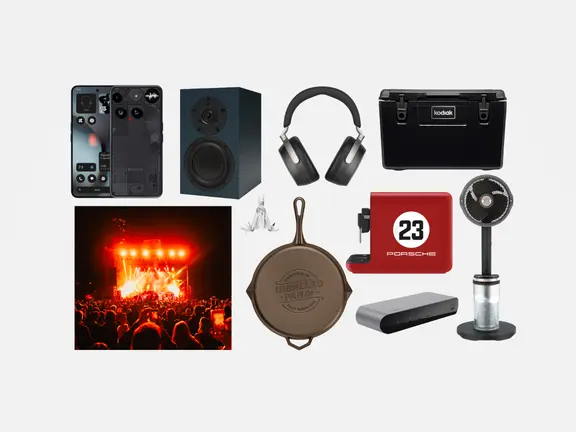

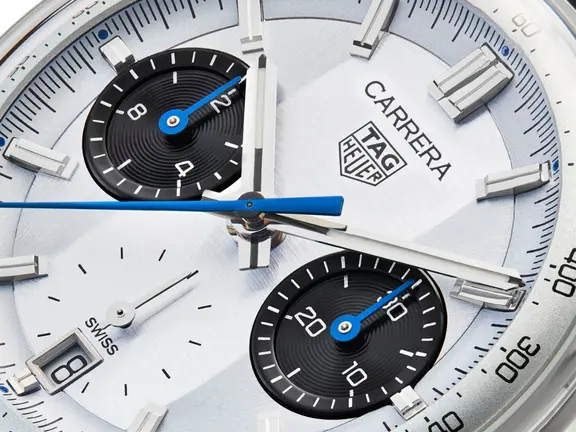


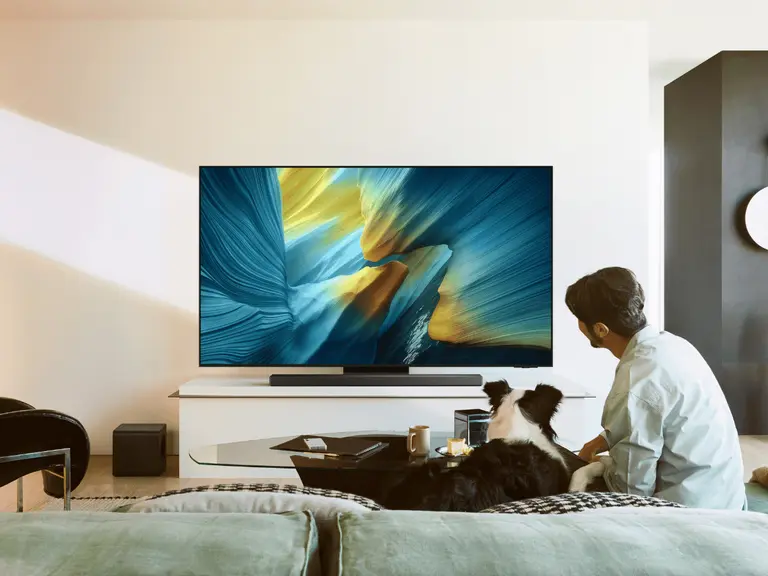


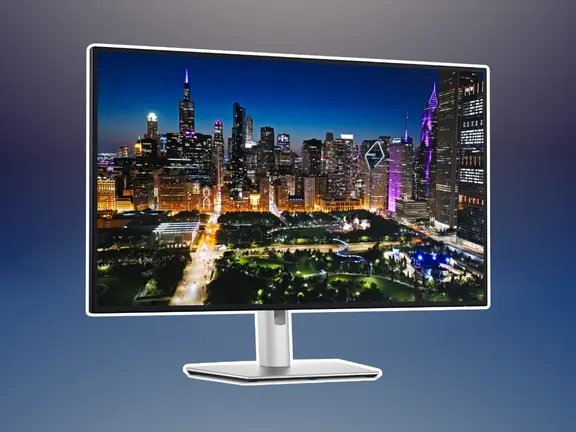


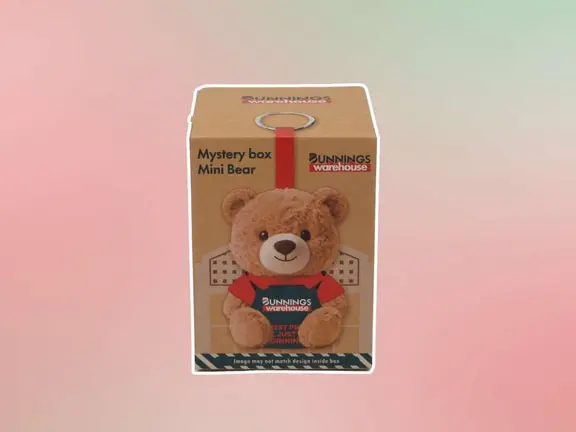
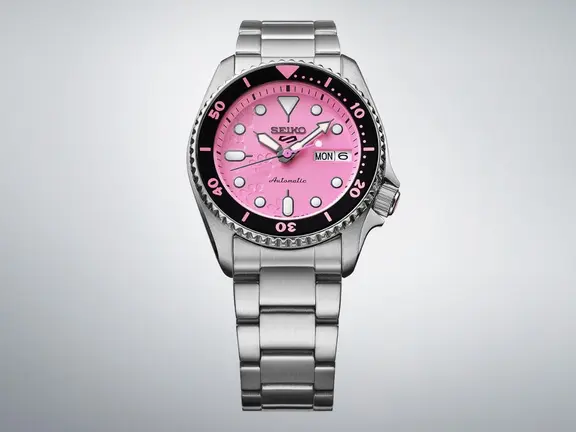





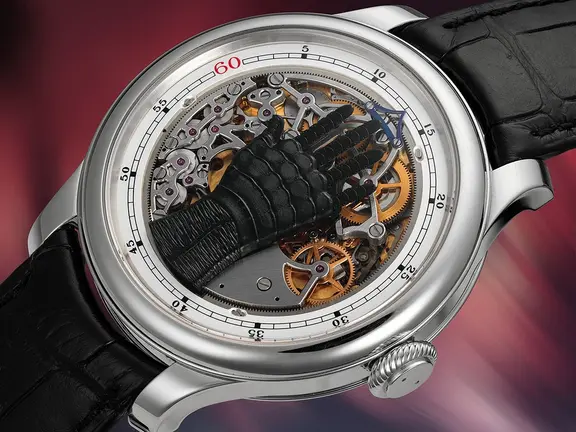




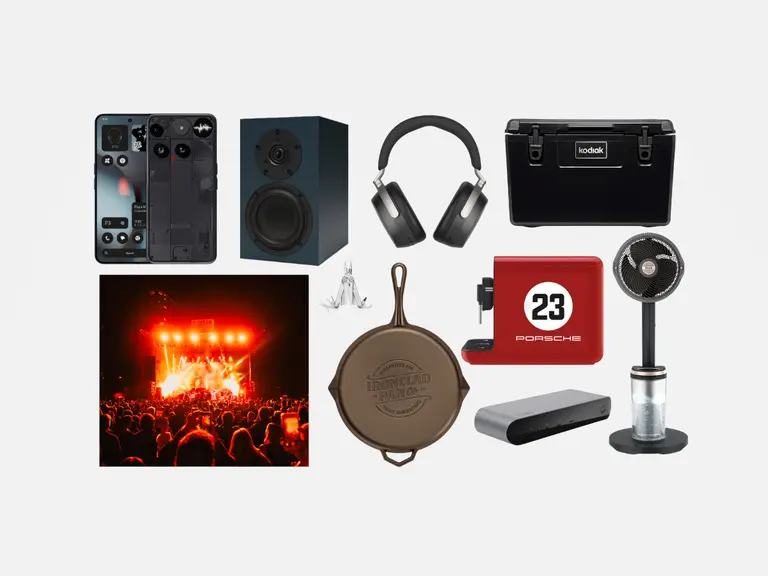





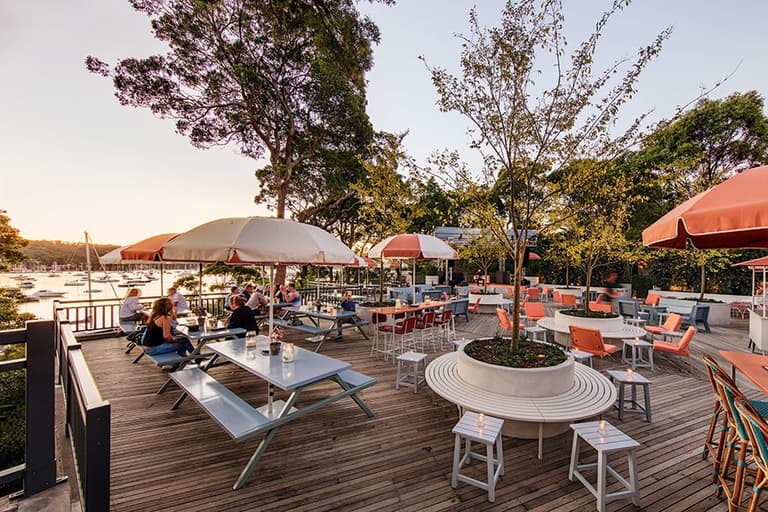
Comments
We love hearing from you. or to leave a comment.